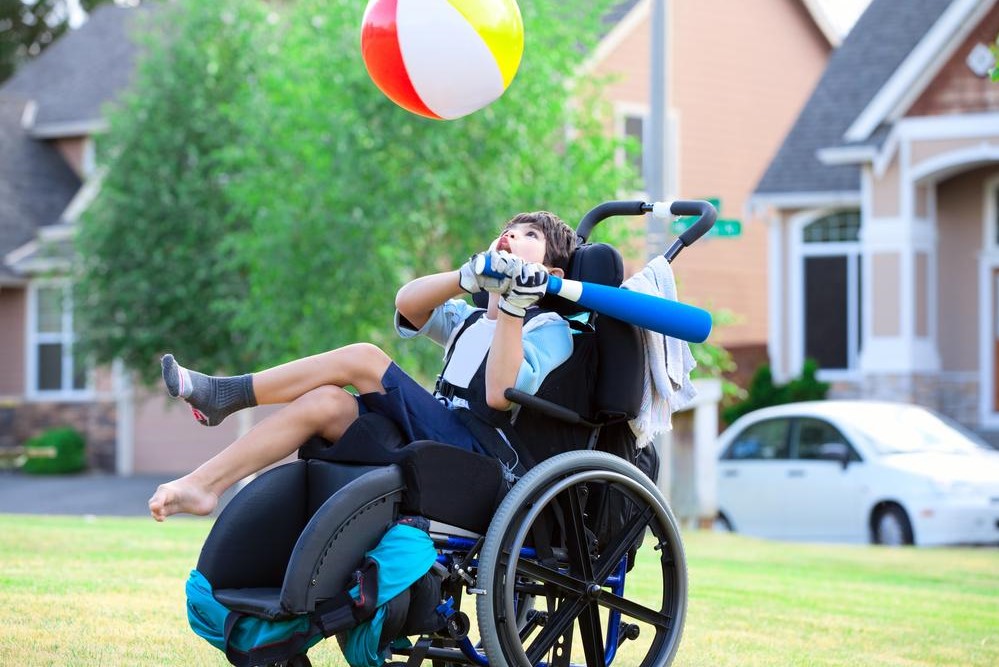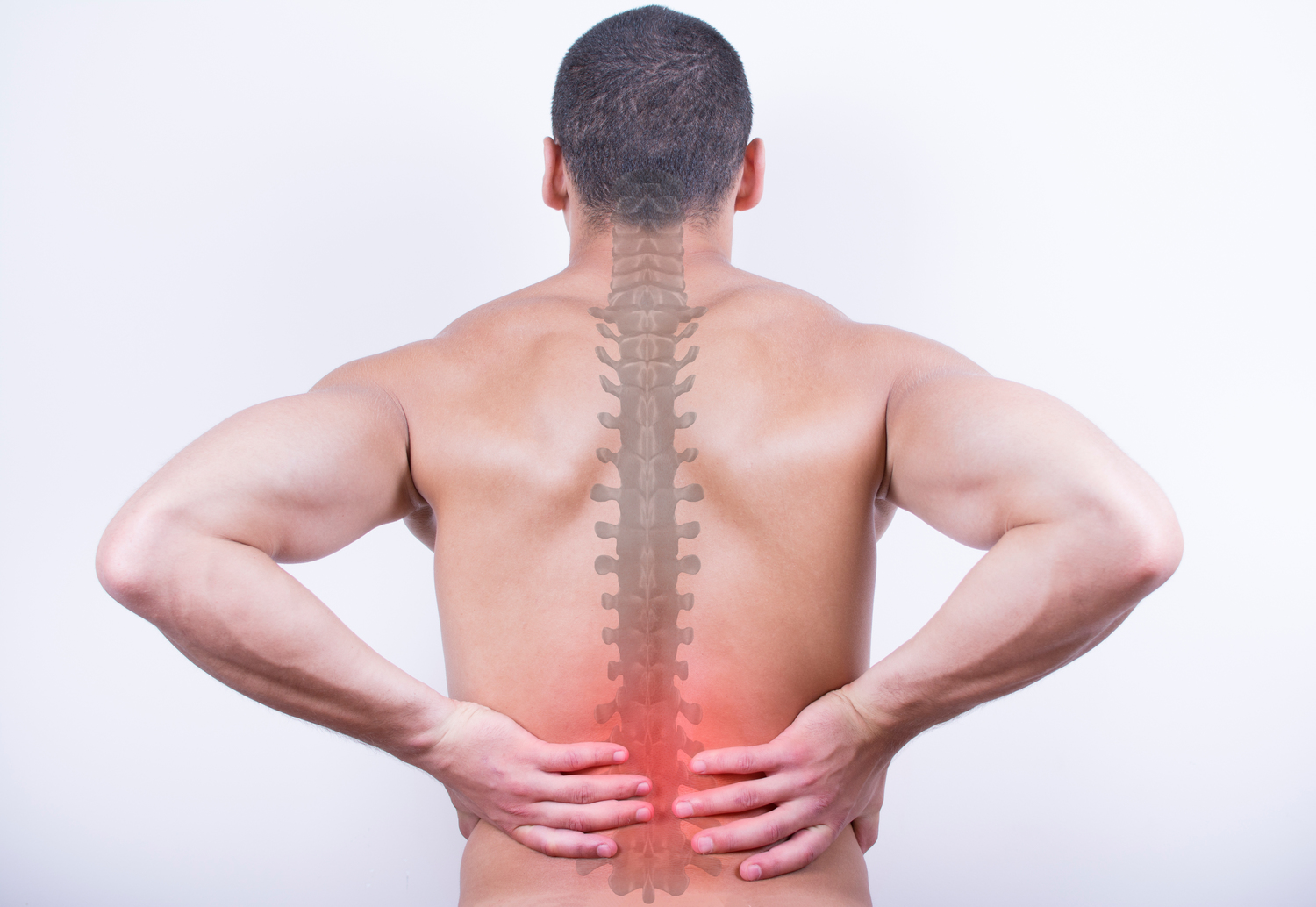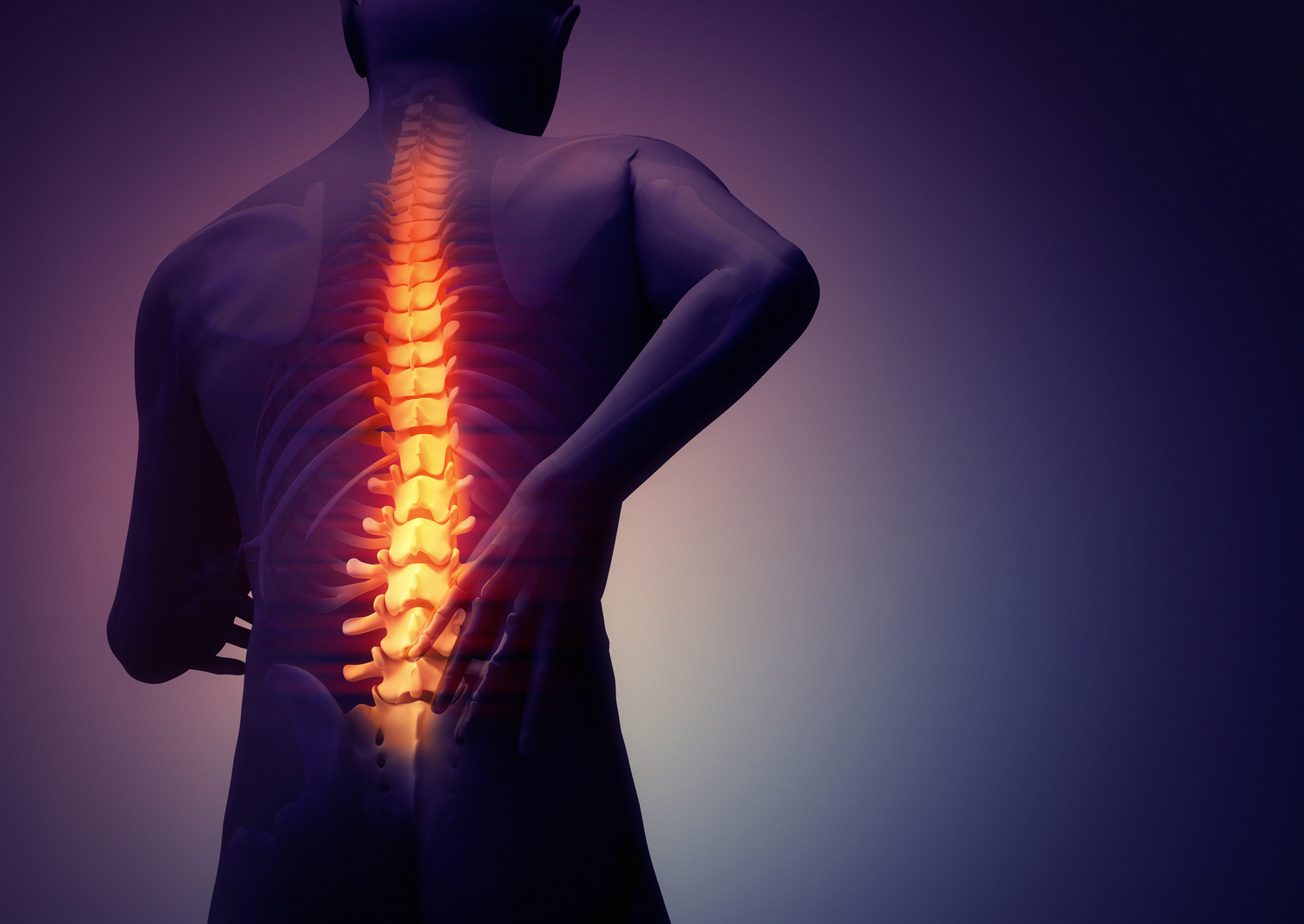Recognizing the Key Indicators and Manifestations of Spinal Muscular Atrophy (SMA)
This article provides a comprehensive overview of the signs and symptoms of spinal muscular atrophy (SMA), a hereditary disorder affecting motor neurons. It details the three primary types of SMA, including their onset, symptoms, and prognosis, along with less common forms. Early recognition of SMA symptoms is crucial for timely intervention. Understand the clinical features and underlying causes of this progressive disease to better identify and manage affected individuals.

Understanding the Common Indicators and Symptoms of Spinal Muscular Atrophy (SMA)
Spinal muscular atrophy, or SMA, is a genetic disorder affecting motor neurons responsible for voluntary muscle movements. It progressively damages the lower motor neurons in the brainstem and spinal cord, impairing nerve signals that control muscles. This leads to muscle weakness, stiffness, twitching, and eventual loss of movement abilities. SMA can be fatal as it causes severe impairment of respiratory muscles, resulting in respiratory failure. The disease is classified into three main types, distinguished by age of onset, clinical features, and severity.
The three types of SMA are categorized by age of emergence and severity:
SMA Type I
Also called Werdnig-Hoffman disease, this infantile-onset form appears in children under 6 months. Affected infants fail to sit or stand and often face respiratory failure before age 2. Signs include:
Decreased fetal movement during pregnancy
Loss of reflexes
Limited limb movement
Tremors and muscle twitching
Low muscle tone (hypotonia)
Difficulty swallowing and breathing
Scoliosis (spinal curvature)
SMA Type II
This form affects children between 6 and 18 months old. While prognosis is guarded, many live into early adulthood. Symptoms often mirror Type I but with some differences:
Difficulty sitting independently
Inability to stand or walk unaided
Higher susceptibility to respiratory infections
SMA Type III
Known as Kugelberg-Welander disease, this later-onset form appears in children aged 2 to 17. It mainly affects the legs, but with proper medical care, many patients reach older age. Symptoms include:
Muscle wasting and weakness
Finger tremors
Difficulty running, walking, or climbing
Problems rising from seated postures
Increased risk of respiratory infections
Scoliosis due to muscle and tendon shortening
Kennedy's Disease
This adult-onset form affects individuals aged 15 to 60 years. Symptoms typically involve:
Muscle fatigue and pain
Gradual weakness in limbs
Muscle atrophy in mouth and face
Speech, chewing, and swallowing difficulties
Tremors and fasciculations
Gynecomastia (enlarged male breasts)
Nerve inflammation (sensory neuropathy)
Potential development of non-insulin-dependent diabetes
Congenital SMA with Arthrogryposis
This rare type involves severe joint contractures, causing abnormal limb posturing. Features include:
Drooping eyelids
Jaw abnormalities
Scoliosis
Respiratory issues from chest deformities
Note:
Information on symptoms, treatment options, and health conditions provided here is for educational purposes only. It should not replace professional medical advice. Always consult qualified healthcare providers for diagnosis and treatment decisions.










